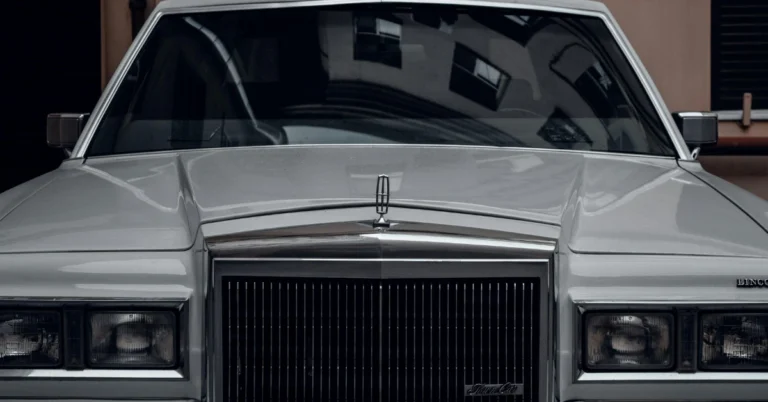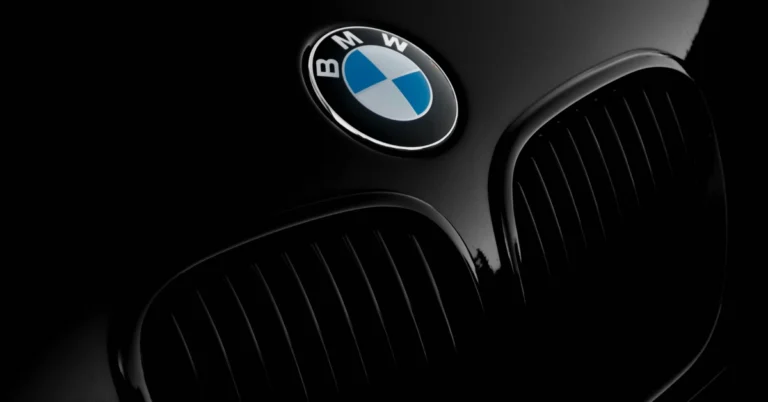Tree sap can be a pesky and stubborn substance to remove from your car’s exterior. Not only can it be unsightly, but if left unattended, it can cause damage to your vehicle’s paint. It is essential to learn how to remove tree sap from your car without causing further harm to the paint.
How to Remove Tree Sap from Car without Damaging Paint

There are various methods available for removing tree sap, each offering a different approach to tackling this sticky issue. The key is finding the right combination of techniques and products to ensure that your car’s paint remains intact while the tree sap is effectively removed.
In this article, we will explore some of the best ways to address tree sap removal, while providing practical tips and tricks to help you confidently tackle this common automotive challenge.
Essential Pre-Cleaning Tips
Assessing the Sap and Paint Condition
Before diving into the sap removal process, it is crucial to assess the condition of both the sap and your car’s paint. Gently touch the sap to determine if it is still soft, as this will impact the cleaning techniques. It’s important to move your car into the shade, as heat can accelerate any potential damage to the paint.
Gathering Necessary Materials
To safely remove tree sap from your car without damaging the paint, you’ll need some basic household products and materials. Here is a list of items you may need:
- Hand sanitizer: A popular option for sap removal due to its high alcohol content.
- Rubbing alcohol or isopropyl alcohol: Effective solvents that can break down and remove sap.
- Nail polish remover: Can be used to dissolve sap, but be cautious as it may also remove paint if not used correctly.
- Cotton balls: Perfect for applying alcohol or nail polish remover without scratching the paint.
- Warm water and soft cloth: Helps to soften the sap without causing any damage to the paint.
- Car wash soap and water: Essential for a thorough cleaning after sap removal.
Using these household products effectively and carefully can help you remove tree sap from your car without damaging the paint. Remember to treat the area gently and follow proper cleaning procedures to ensure a successful and safe removal.
Step-By-Step Sap Removal Process

Softening the Sap
Before removing tree sap from your car, it’s crucial to soften it first. Begin by washing the affected area with car wash soap and water to remove any dirt or debris. You can use a hose or a bucket of soapy water to do this. The purpose of this step is to ensure that you do not unknowingly scratch your car’s surface while trying to remove the sap.
Applying the Cleaning Agent
Once the area is clean, choose a cleaning agent to help dissolve the sap. Some common options include acetone, mineral spirits, commercial tree sap remover, or bug and tar remover. Before applying the cleaning agent to the entire affected area, test it on a hidden part of your car to ensure it won’t damage the paintwork. Apply the cleaning agent to a soft cloth or cotton ball, and gently dab it onto the sap.
Gently Removing the Sap
Patience is key when removing the sap from your car’s surface. Avoid using hard objects to scrape the sap away, as this can damage the paint. Instead, let the cleaning agent soak in and soften the hardened sap spot. Then, gently rub the area in a circular motion with the cloth or cotton ball. Repeat this process until the sap is completely removed.
Rinsing and Washing the Area
After removing the sap, thoroughly rinse the area with clean water. This will help wash away any residue left behind by the cleaning agent. Follow up with another wash using car wash soap to ensure that all traces of the sap and cleaning agent are gone. This step is essential, as remaining sap or cleaning agent residue can potentially be harmful to your car’s finish.
Applying Finishing Touches
Once you have successfully removed the sap and cleaned the area, you should apply the final finishing touches to protect your car’s paintwork. First, dry the area using a microfiber towel. After that, consider waxing your car to create a protective barrier between your car’s paint and any future tree sap, bug, or tar encounters. Applying car wax regularly will ensure your car’s finish remains in excellent condition.
Frequently Asked Questions

What is the safest method to remove dried tree sap from a car’s surface?
The safest method to remove dried tree sap is to use a mixture of warm water and a mild car wash soap. Apply the solution to the affected area and gently rub with a soft cloth or sponge. This approach helps to break down the sap without harming the car’s paint.
Can using WD40 effectively take off sap without harming my car’s paint?
Yes, WD40 can effectively remove tree sap from your car’s surface without damaging the paint. Apply a small amount to a soft cloth and gently rub the sap until it is removed. Then, wash and rinse the affected area to remove any residue.
What are the best tree sap removers for cars that won’t affect the paintwork?
Some of the best tree sap removers include commercial products specifically designed for this purpose. These products are formulated to safely dissolve sap while not affecting the car’s paint finish. Always read and follow the manufacturer’s instructions to ensure its proper use and safety.
Is Goo Gone a reliable option for cleaning sap from a car, and is it paint-safe?
Yes, Goo Gone is a reliable product for removing tree sap from a car’s surface, and it is considered paint-safe. However, always follow the manufacturer’s instructions and test on a small, inconspicuous area before applying it to the entire sap-affected area to ensure it doesn’t harm the car’s paint.






